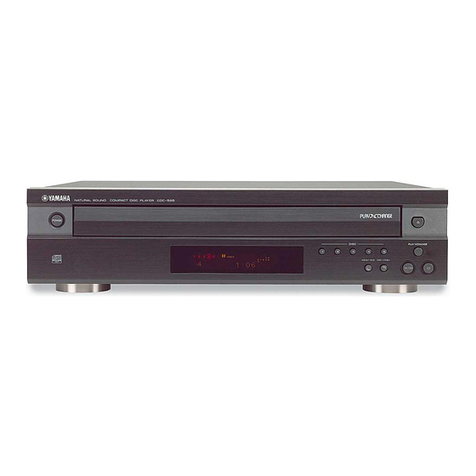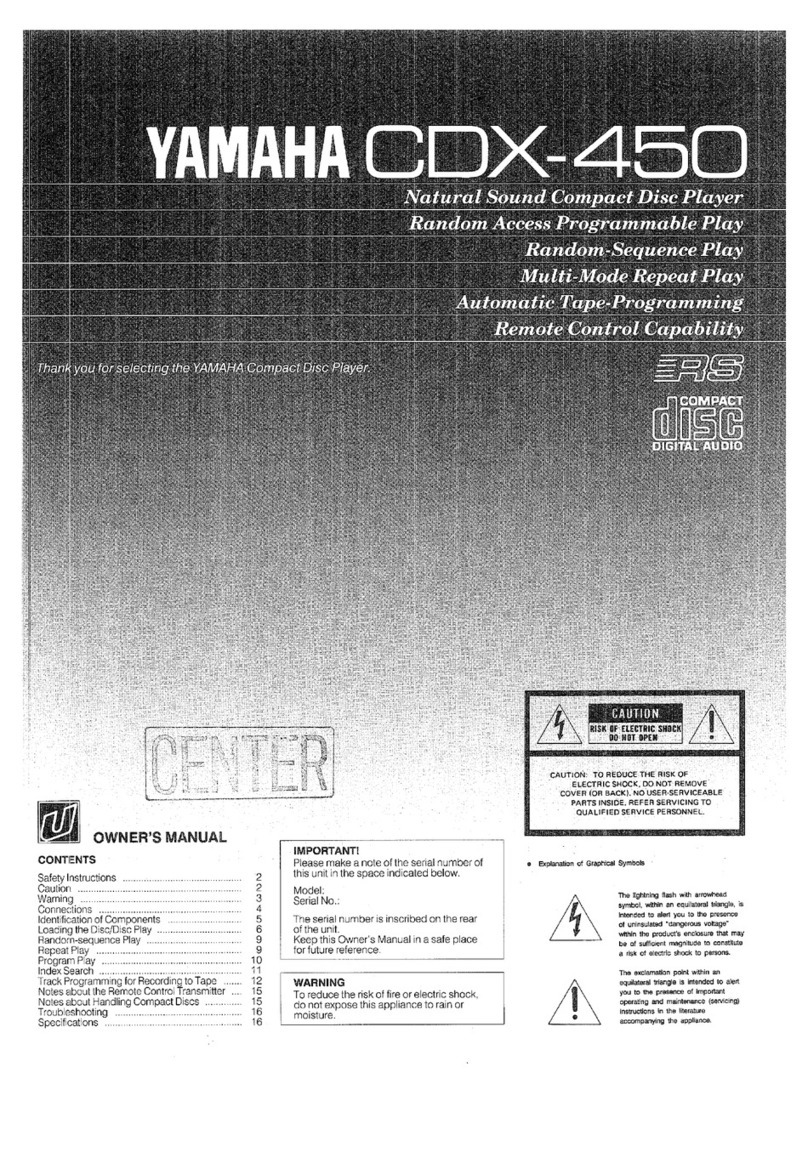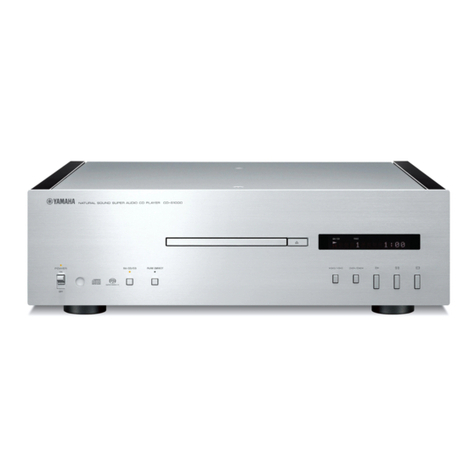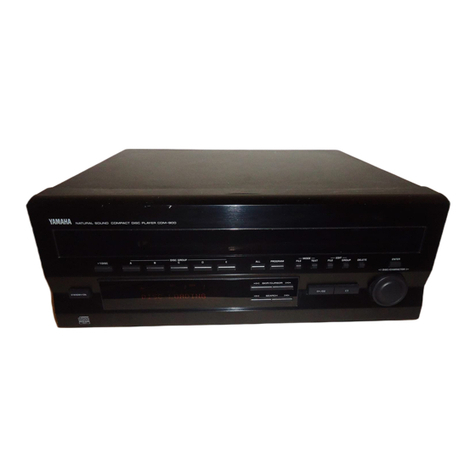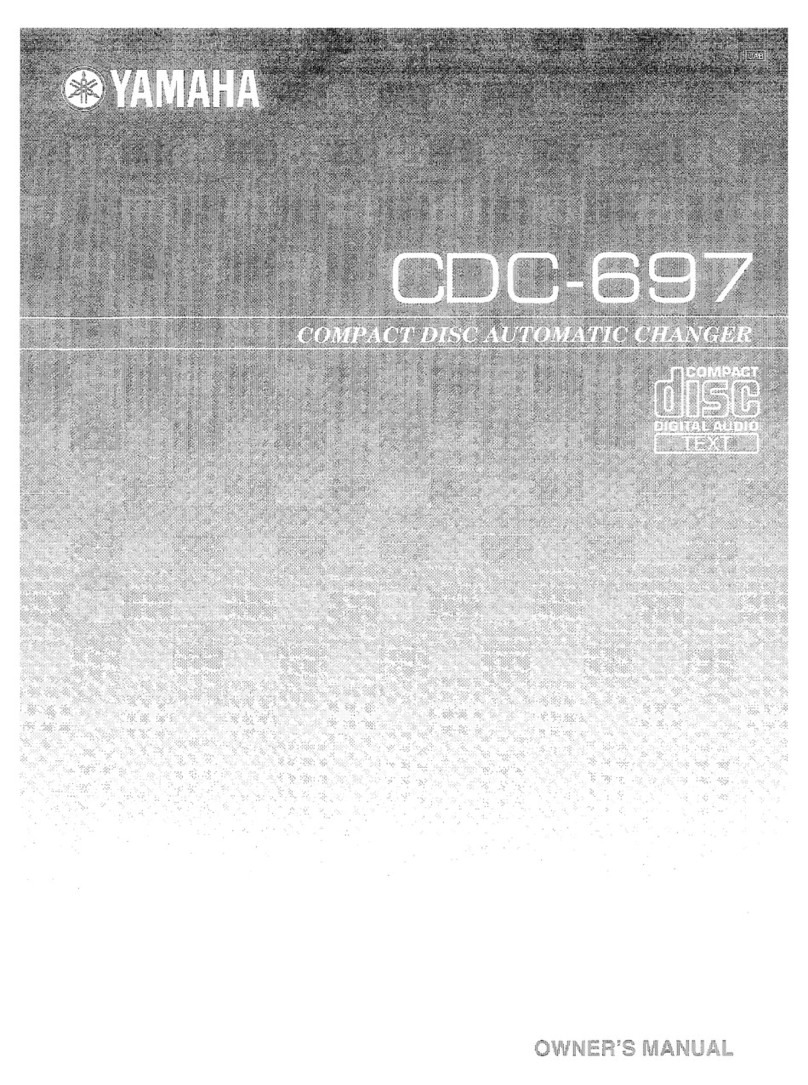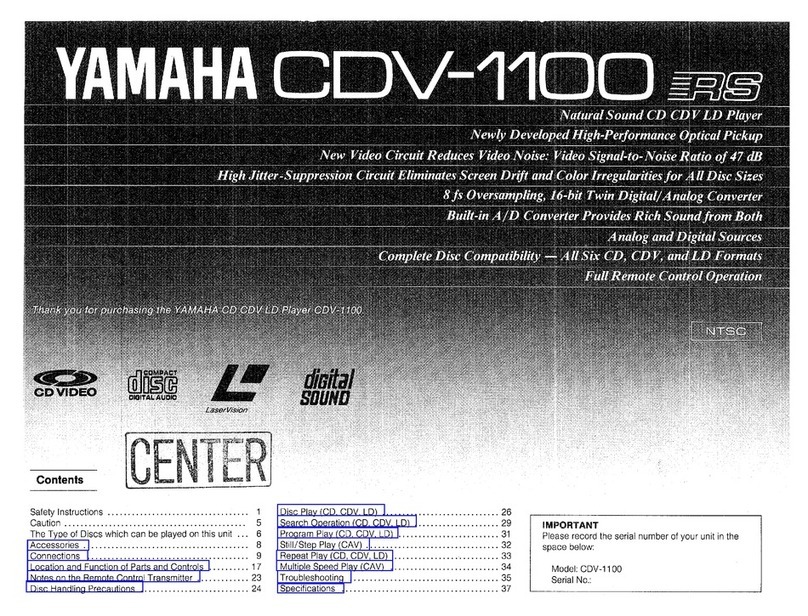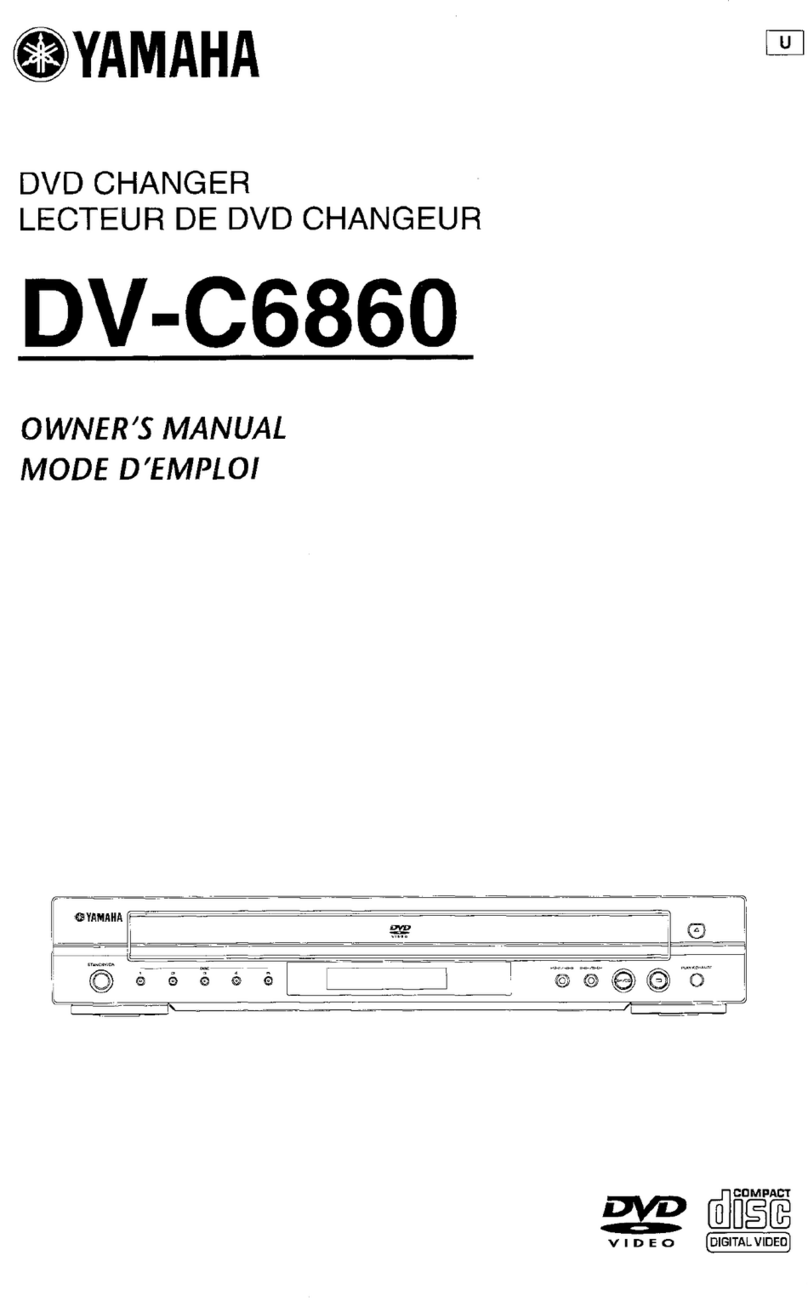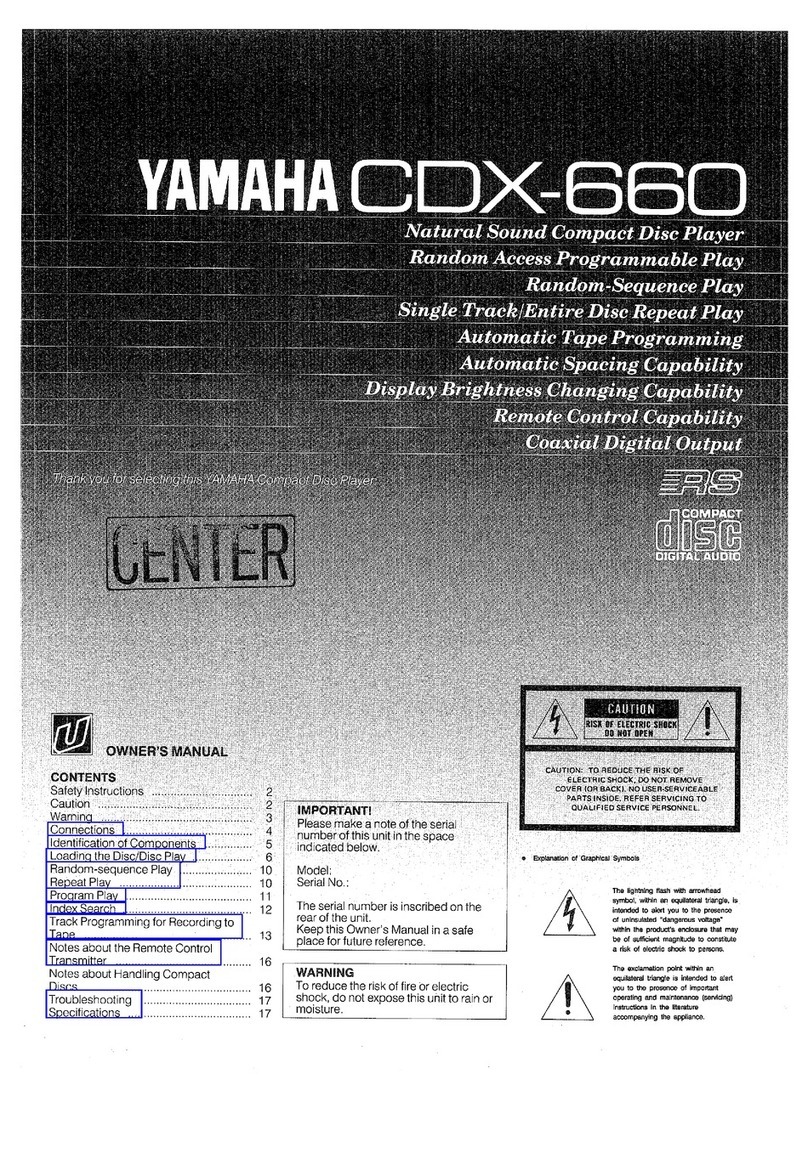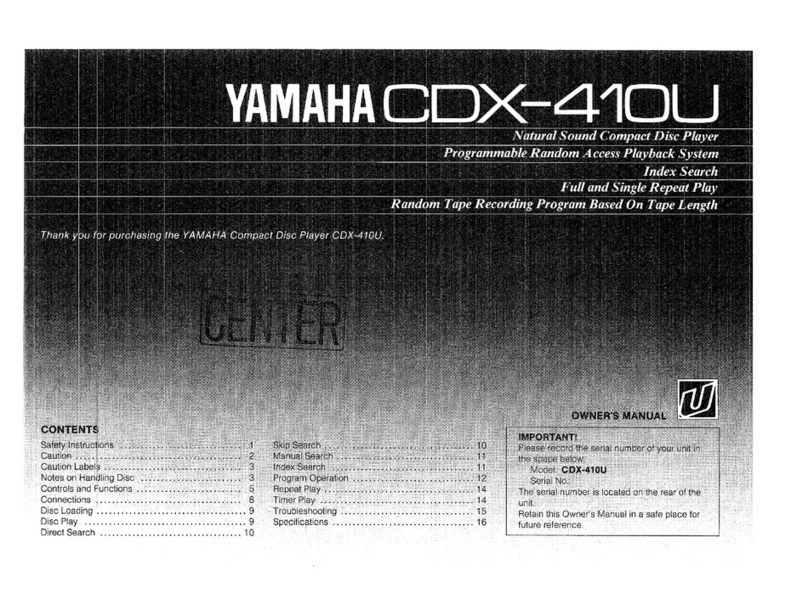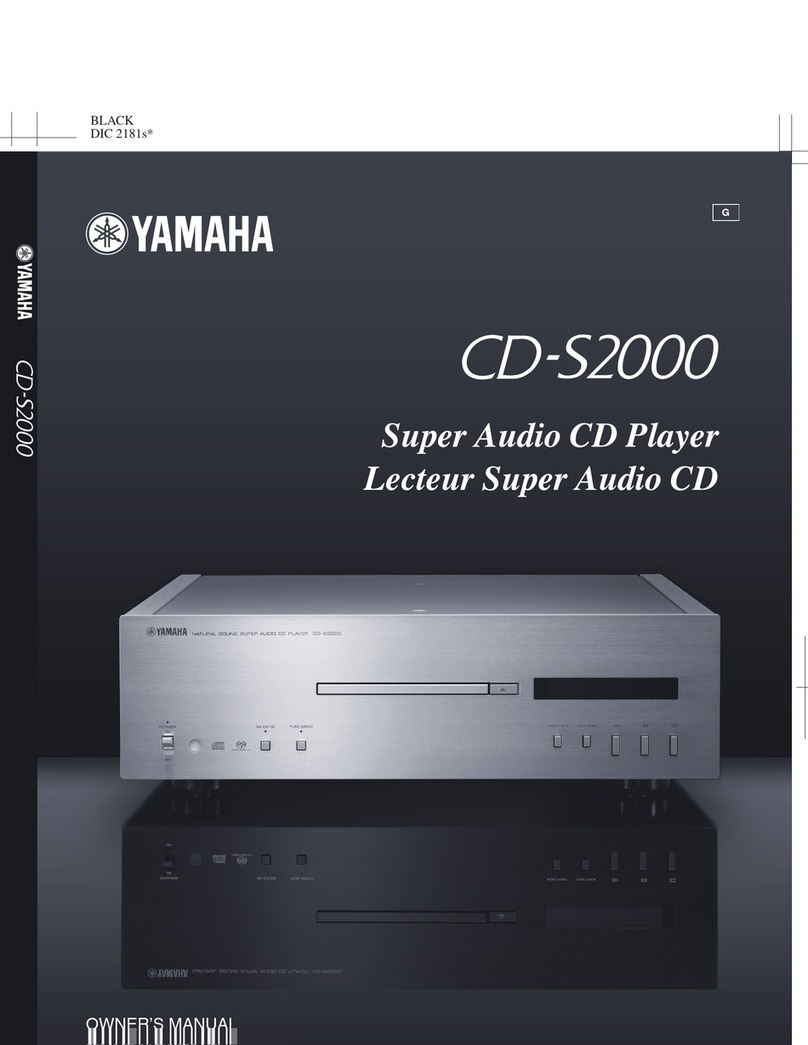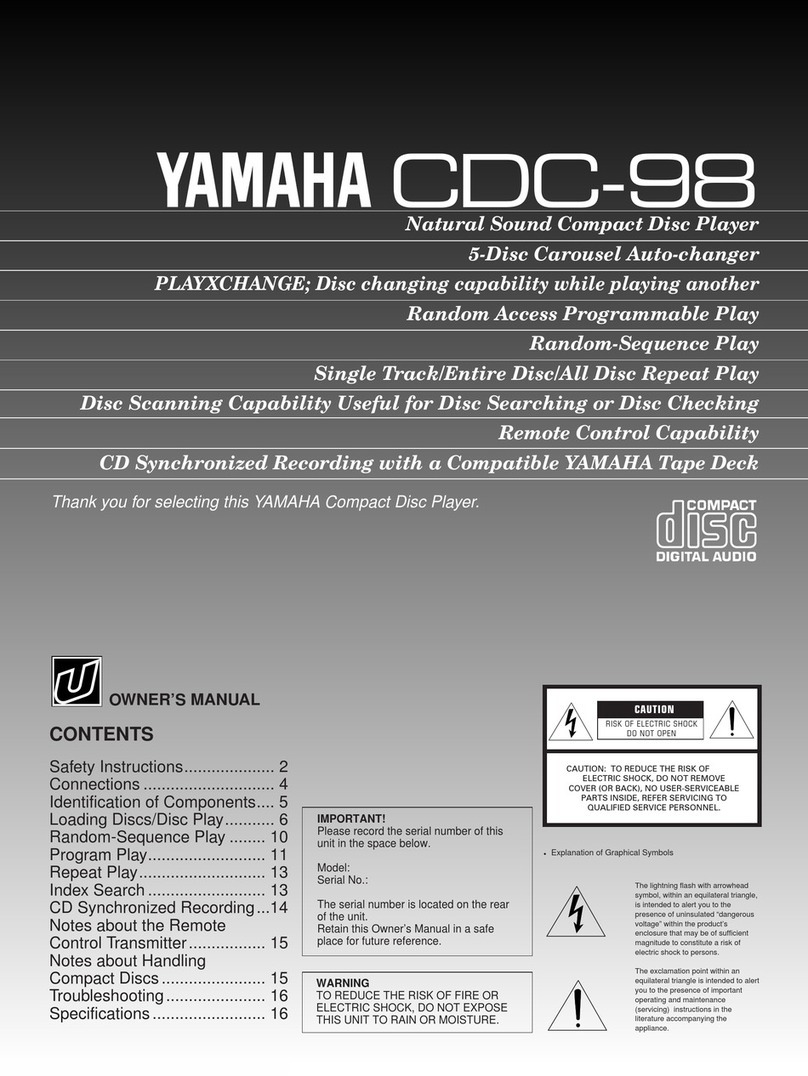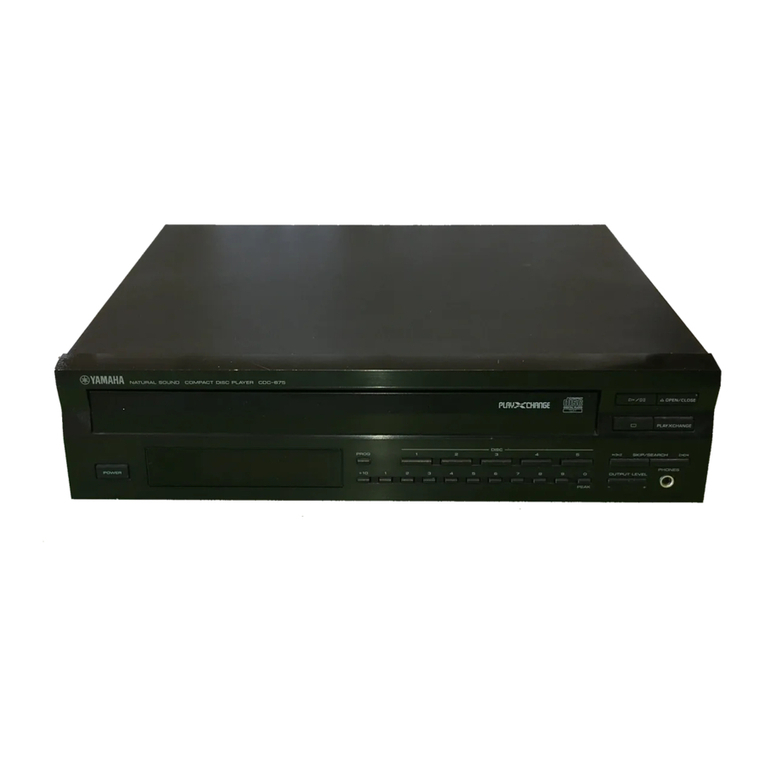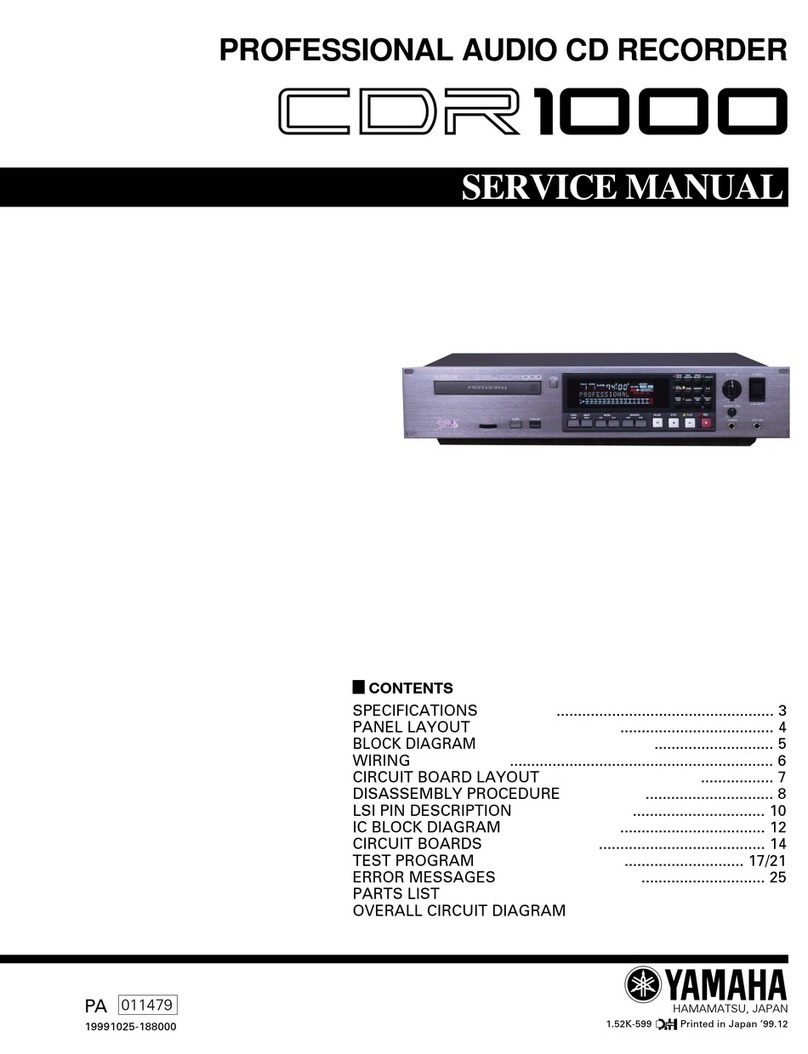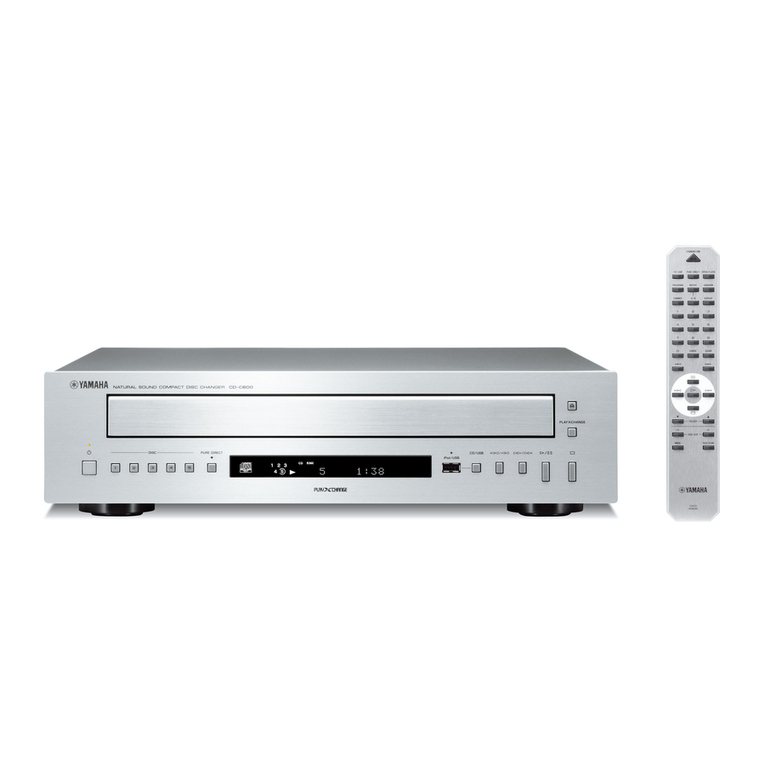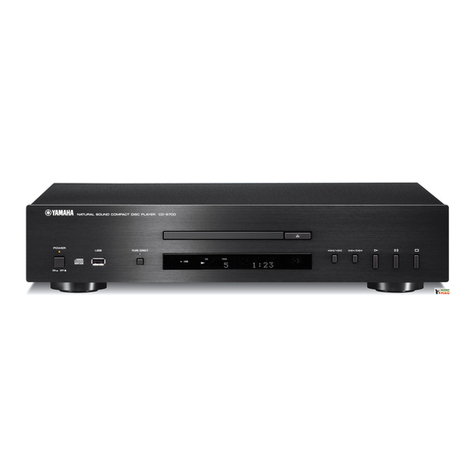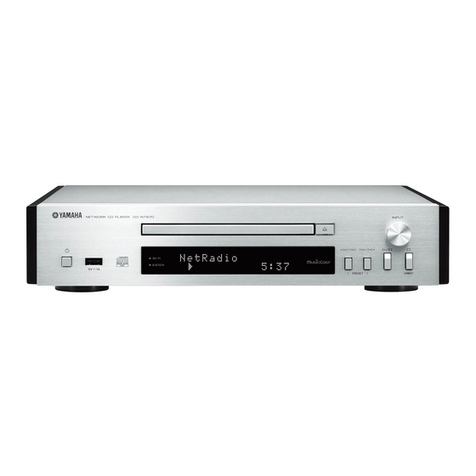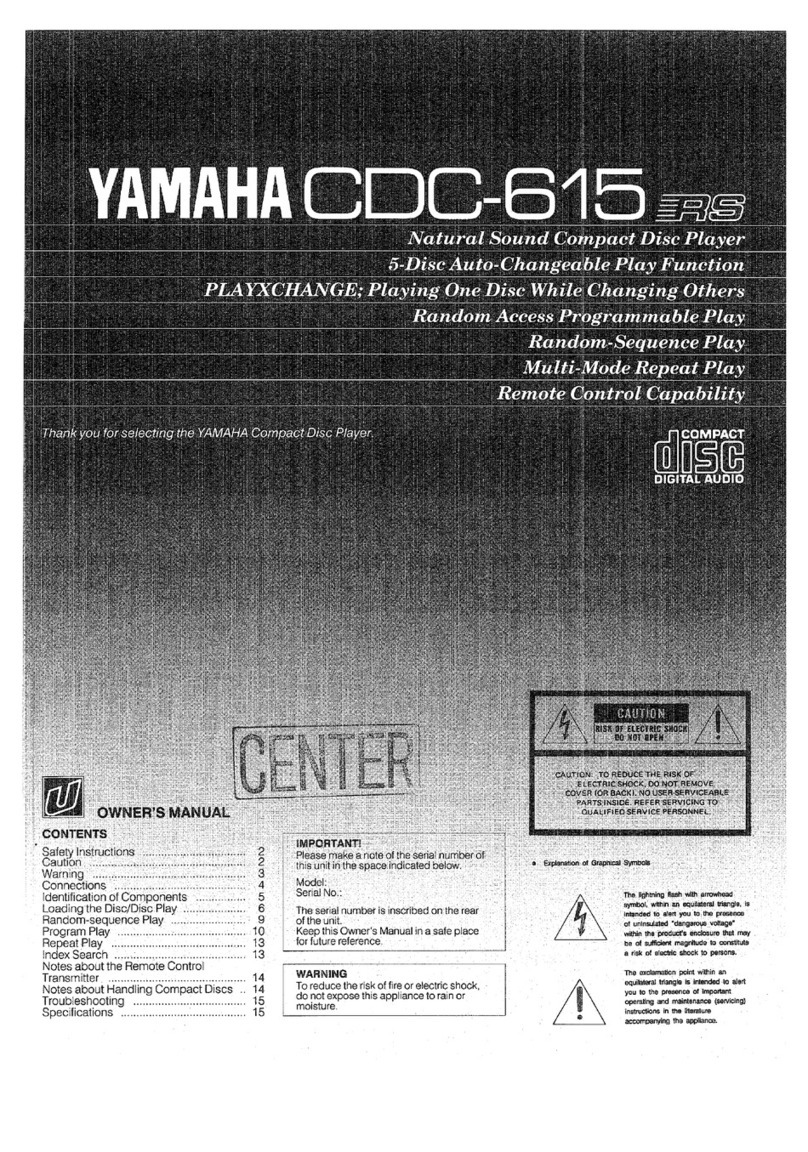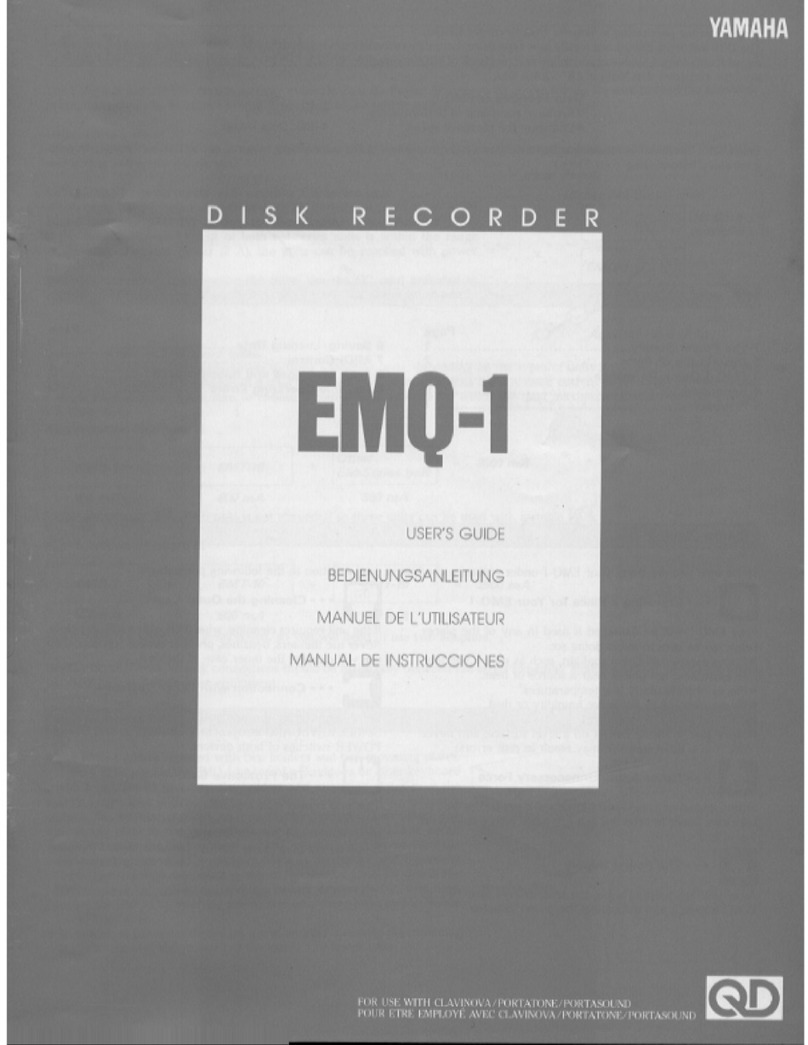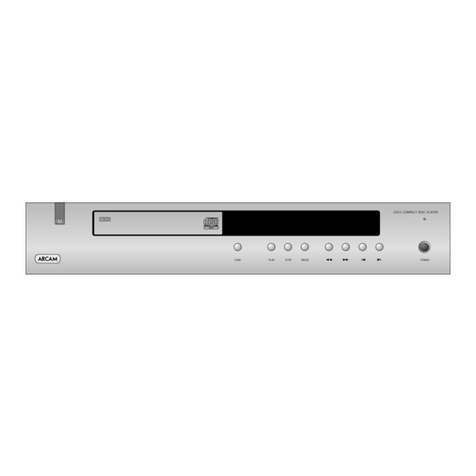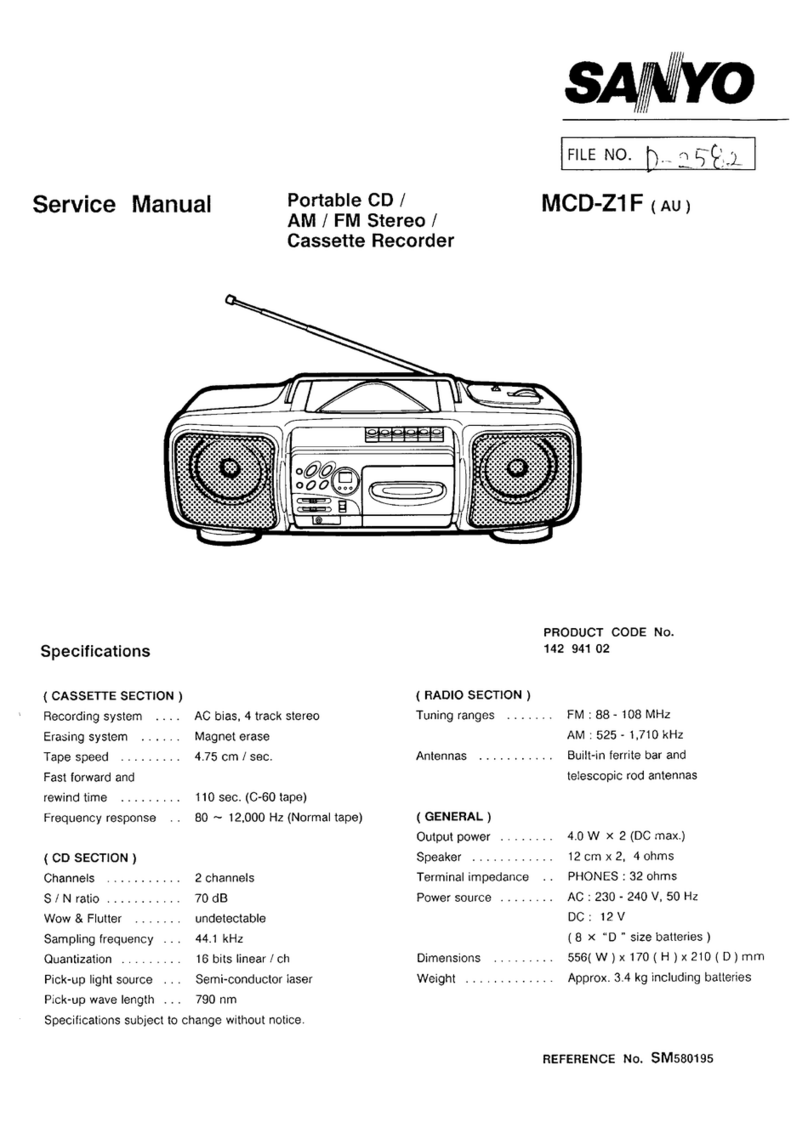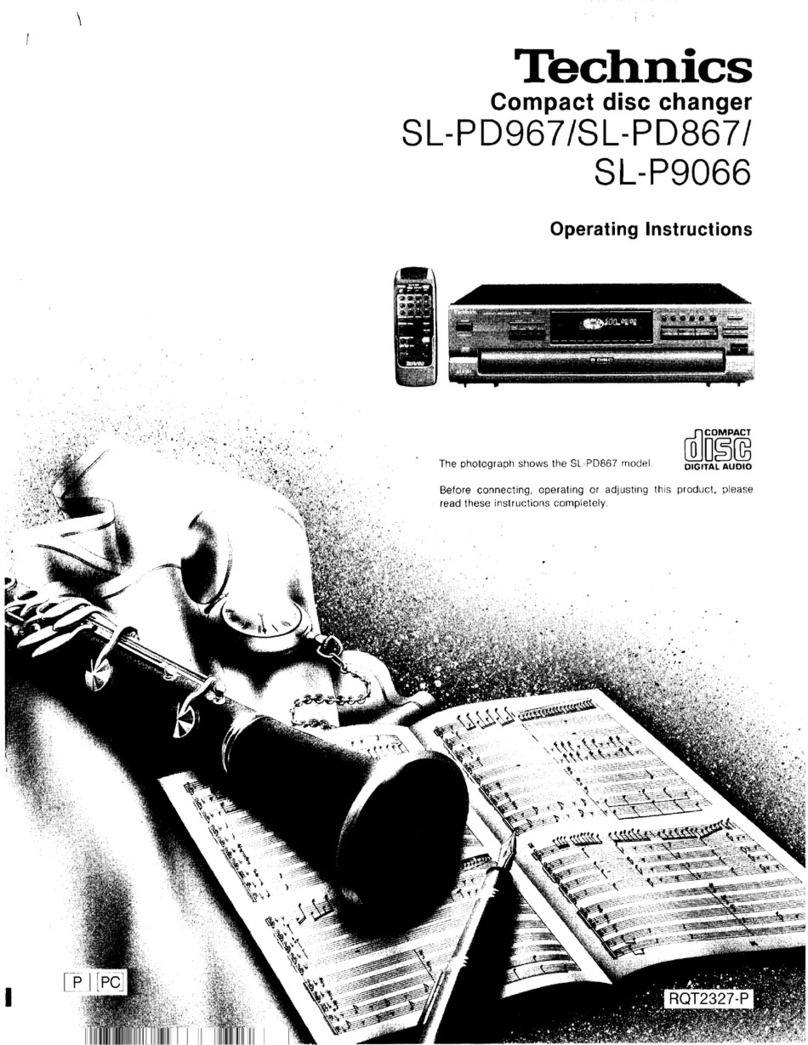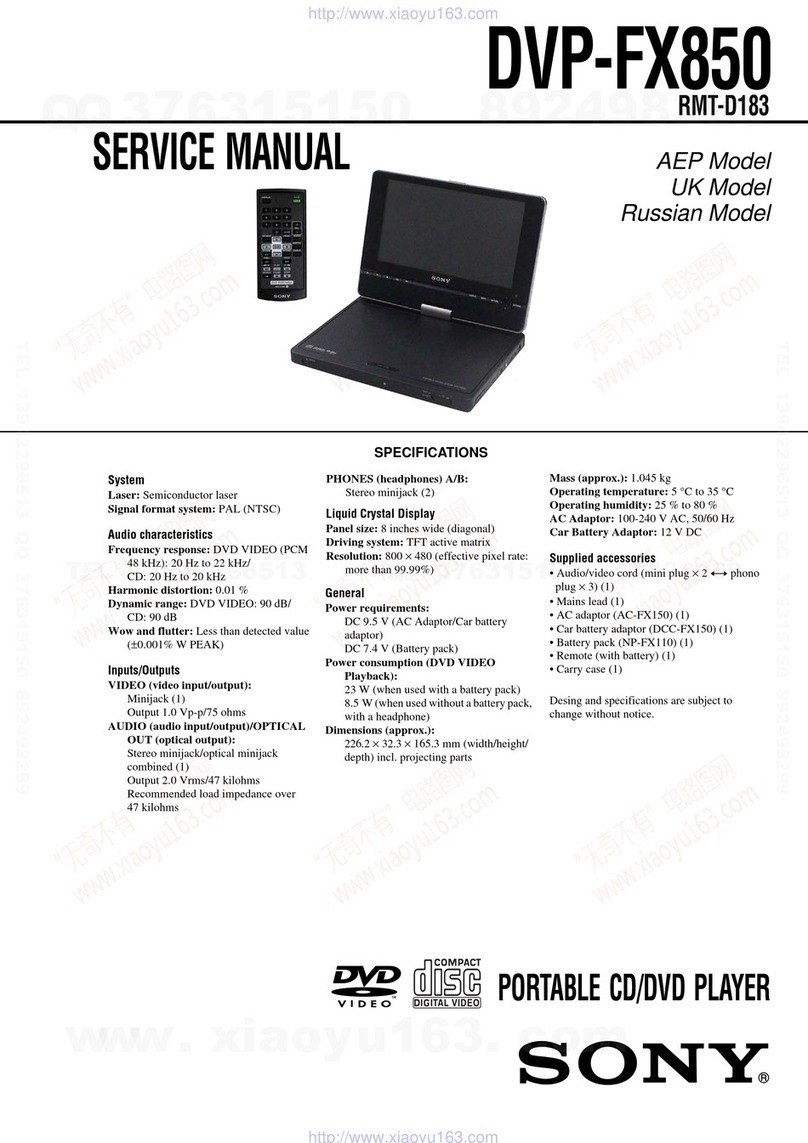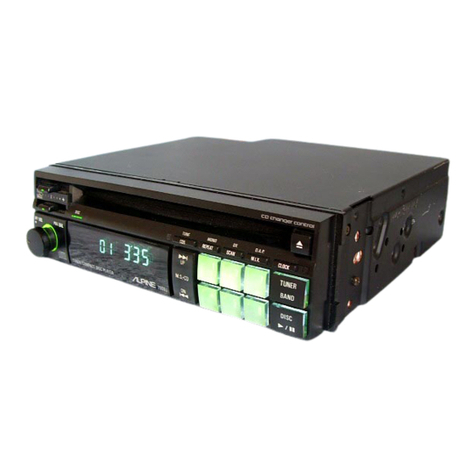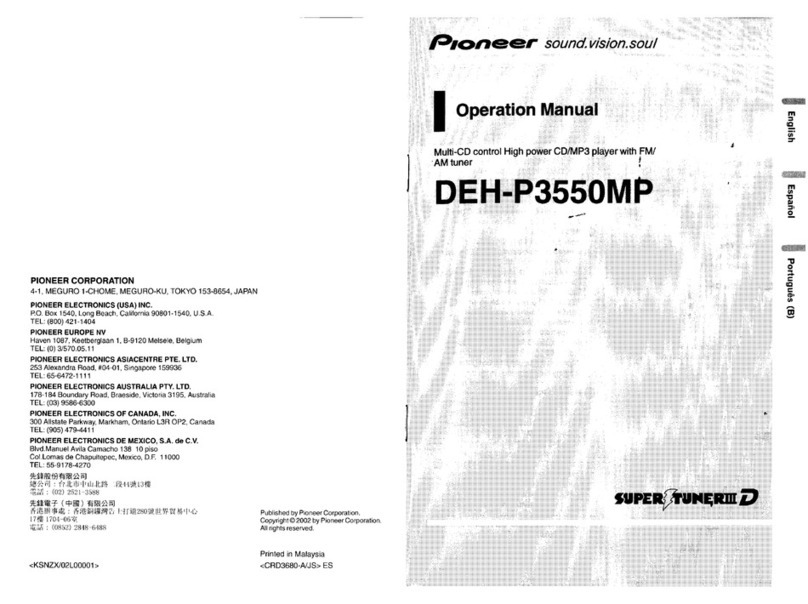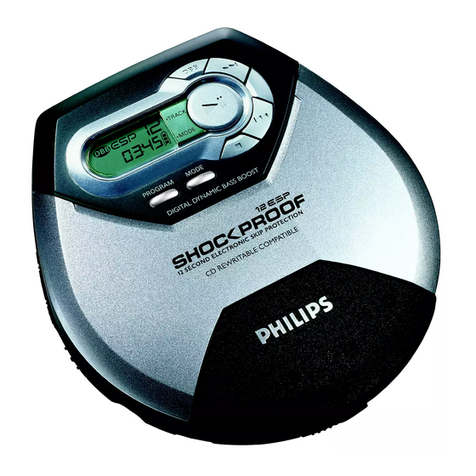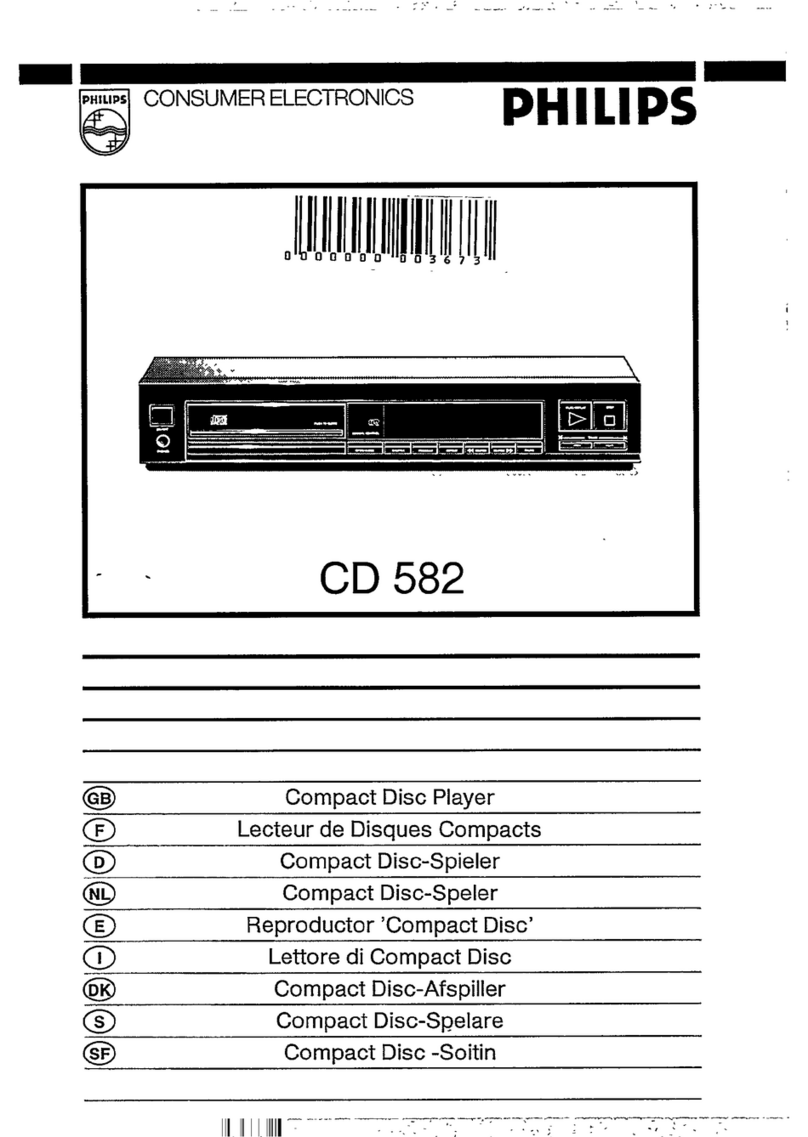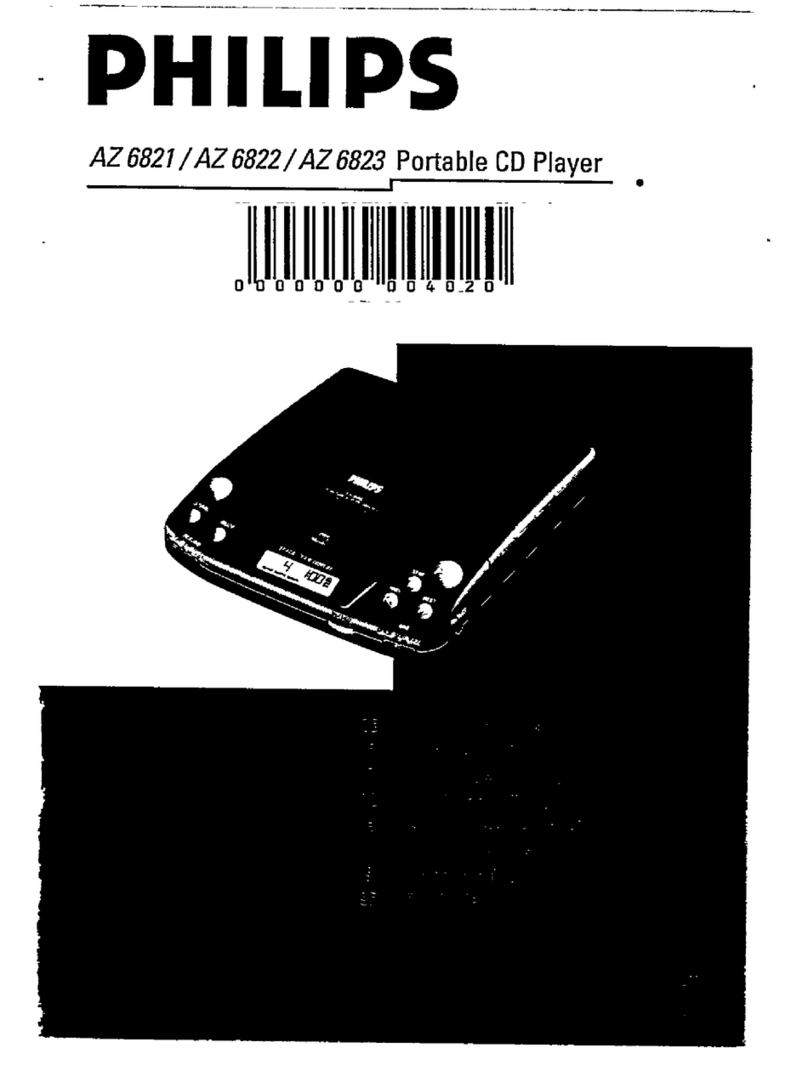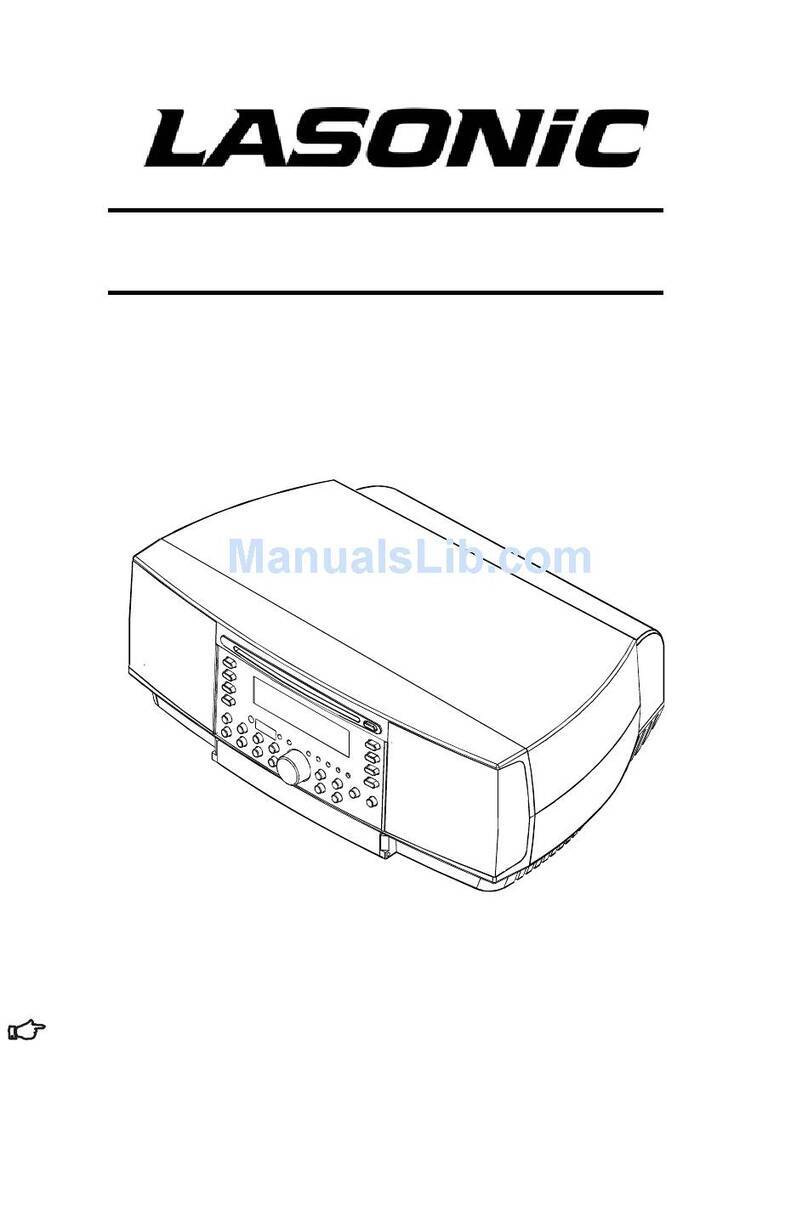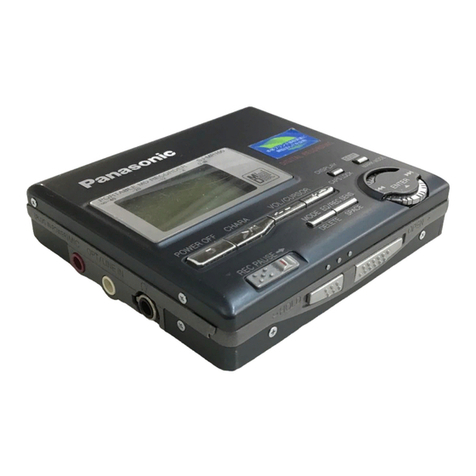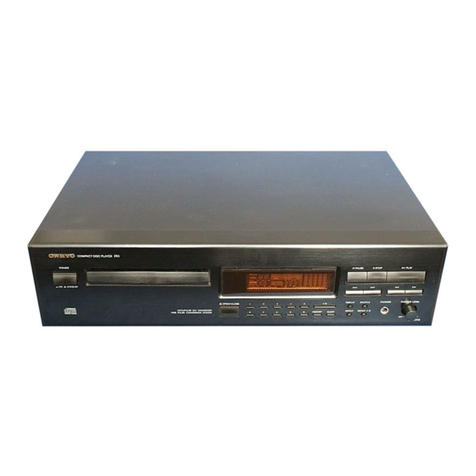IMPORTANT
Please record the serial number of this unit in the space
below.
Serial No.:
The serial number is located on the rear of the unit.
Retain this Owner’s Manual in a safe place for future
reference.
WARNING
TO REDUCE THE RISK OF FIRE OR ELECTRIC SHOCK,
DO NOT EXPOSE THIS APPLIANCE TO RAIN OR
MOISTURE.
E-2
PRECAUTIONS: READ THIS BEFORE OPERATING YOUR UNIT
■The voltage to be used must be the same as that specified
on this unit. Using this unit with a higher voltage than that
which is specified is dangerous and may result in a fire or
other type of accident causing damage. YAMAHA will not
be held responsible for any damage resulting from use of
this unit with a voltage other than that which is specified.
■The sound level at a given volume setting depends on
speaker location and other factors. Care should be taken
to avoid exposure to sudden high levels of sound, which
may occur when turning on the unit with the volume control
setting at high, and to continuous high levels of sound.
■Sudden temperature changes and storage or operation in
an extremely humid environment may cause condensation
inside the cabinet.
Condensation can cause the unit to malfunction.
To eliminate condensation:
•Pickup
Leave the power on with no disc in the unit until normal
playback is possible (about 1 hour).
•Remote control
Wipe off condensation on the transmitter window with a
soft cloth before operating the unit.
■To assure the finest performance, please read this manual
carefully. Keep it in a safe place for future reference.
■Choose the installation location of this unit carefully. Avoid
placing it in direct sunlight or close to a source of heat.
Also avoid locations subject to vibration and excessive
dust, heat, cold or moisture. Keep it away from sources of
hum such as transformers and electric motors.
■Do not operate this unit upside-down. It may overheat,
possibly causing damage.
■Never open the cabinet. If something drops into the set,
contact your dealer.
■The openings on the cabinet assure proper ventilation of
the unit. If these openings are obstructed, the temperature
inside the cabinet will rise rapidly. Therefore, avoid
placing objects against these openings, and install the unit
in well-ventilated condition. Make sure to allow a space of
at least 20 cm behind, 20 cm on the both sides and 30 cm
above the top panel of the unit. Otherwise it may not only
damage the unit, but also cause fire.
■Always set the VOLUME control to minimum before
starting an audio source play: increase the volume
gradually to an appropriate level after play has started.
■When not planning to use this unit for long periods of time
(ie., vacation, etc.), disconnect the AC power plug from the
wall outlet.
■Grounding or polarization – Precautions should be taken
so that the grounding or polarization of the unit is not
defeated.
■Do not use force on switches, controls or connection wires.
When moving the unit, first disconnect the power plug and
the wires connected to other equipment. Never pull the
wire itself.
■Do not attempt to clean the unit with chemical solvents;
this might damage the finish. Use a clean, dry cloth.
■Be sure to read the “TROUBLESHOOTING” section
regarding common operating errors before concluding that
the unit is faulty.
■To prevent lightning damage, disconnect the AC power
plug and the antenna cable when there is an electrical
storm.
■Do not plug the AC power plug to the wall socket before
you finish all connections.
